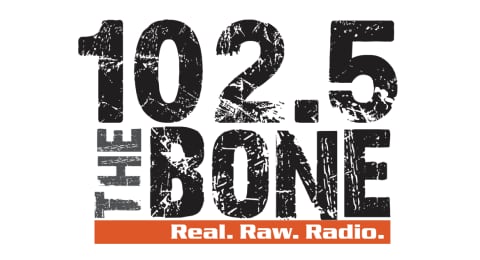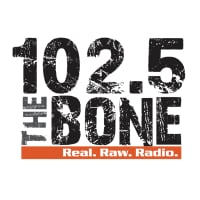How likely are you to catch the COVID-19 virus if you take a flight on a commercial airline?
“Extremely unlikely,” according to a study conducted by the U.S. Department of Defense in collaboration with United Airlines.
However, the key to the low possibility of contracting the virus is wearing a mask for the entire flight.
According to the study, hundreds of tests were conducted aboard some of United’s Boeing 777 and 767 aircraft. The tests were performed both in flight and while the planes sat on the ground.
To test the movement of particles, researchers released “tracer” aerosols from a mannequin equivalent to thousands of coughs and the followed the particles to see how they flowed through the plane’s cabin. The tests included a mannequin that had a mask on and a mannequin that was not masked.
While the results were encouraging, researchers noted some limitations of the study.
“Within the scope of the test, the results showed an overall low exposure risk from aerosolized pathogens like covid-19 on these aircraft,” said Vice Adm. Dee Mewbourne, the deputy commander of the U.S. Transportation Command during a briefing Thursday.
The study did not examine the risk posed by the virus spreading when people on the plane are eating or talking.
Researchers determined the results likely come from the way the virus is moved out of an airplane’s cabin by the plane’s air filtering systems. The study found that 99.99% of particles released into the air from an infected person wearing a mask were removed from the airplane’s cabin within six minutes of release.
The plane’s filtration system is roughly 15 times as fast as a home air filtering system and up to six times as fast as what is recommended for hospital operating rooms.
Last week, the International Air Transport Association (IATA) released new research saying the risk of contracting the virus on a plane appears to be “in the same category as being struck by lightning.”
The IATA found that out of 1.2 billion travelers, there were 44 cases of potential inflight transmission of the COVID-19 virus.
At least one infectious disease specialist who worked on the study, Dr. David Freedman, told Reuters that the figures the IATA cited are “bad math.”
"1.2 billion passengers during 2020 is not a fair denominator because hardly anybody was tested. How do you know how many people really got infected? The absence of evidence is not evidence of absence,” Freedman said.
The IATA stands by its risk calculation, emphasizing that it’s not a “definite and absolute number,” Reuters reported.
The “Commercial Aircraft Cabin Aerosol Dispersion Test” was conducted by the U.S. Transportation Command, or TRANSCOM, a program that uses commercial planes to transport members of the military and their families.
Cox Media Group

